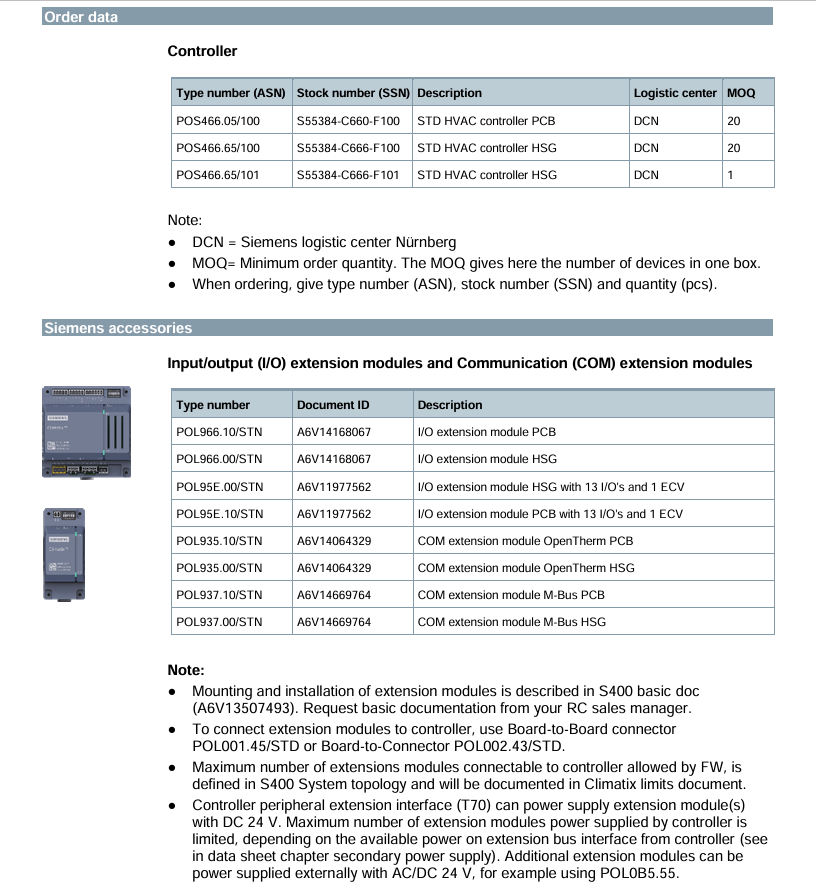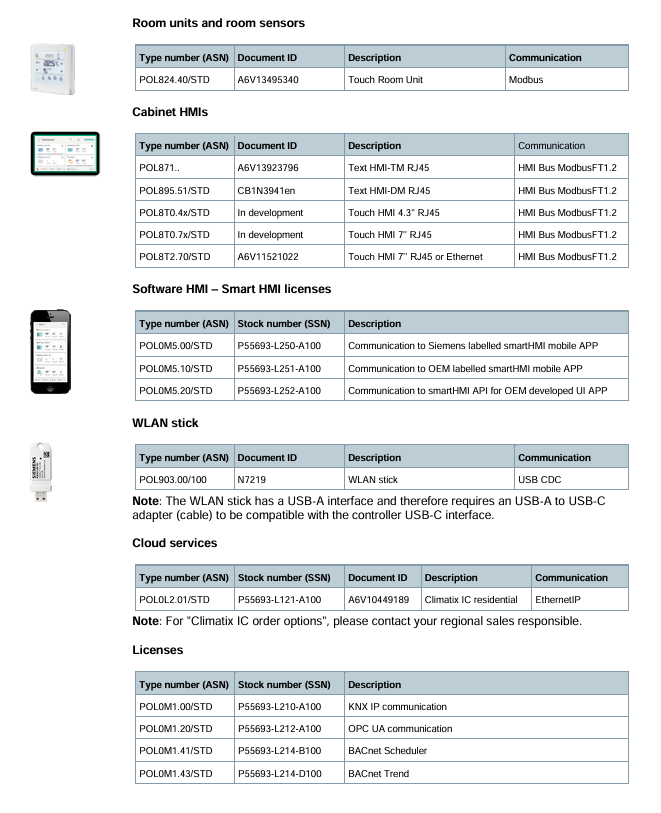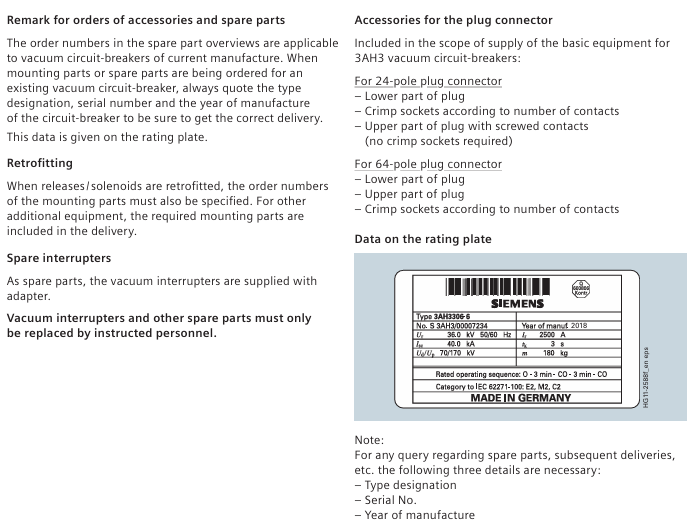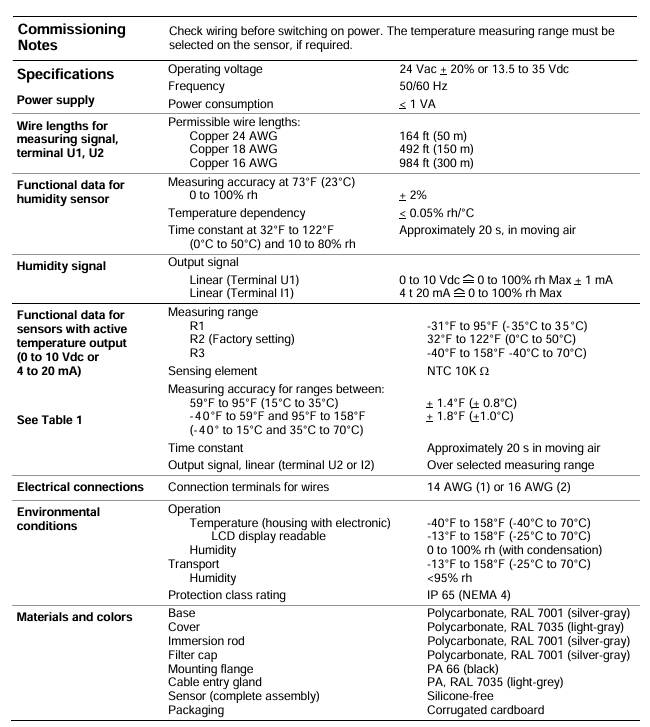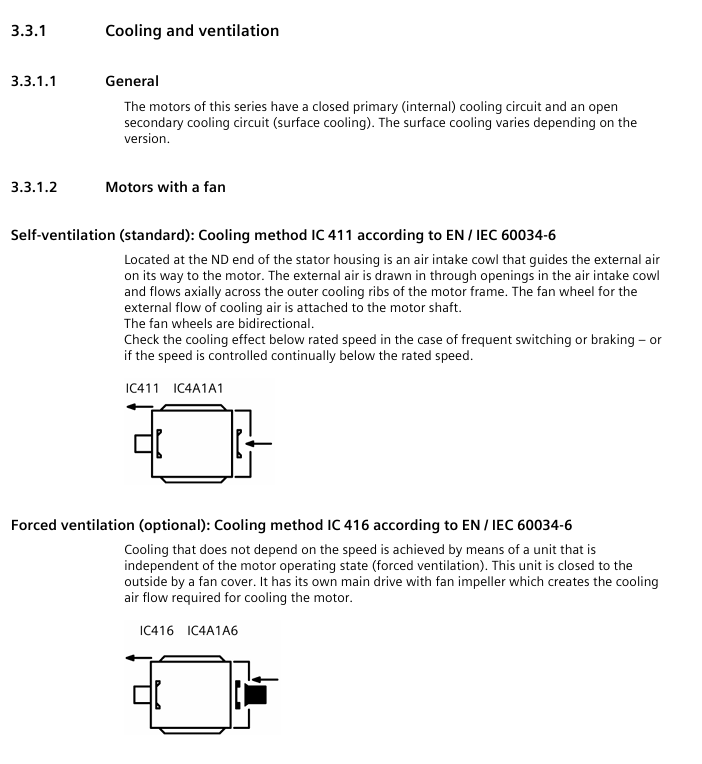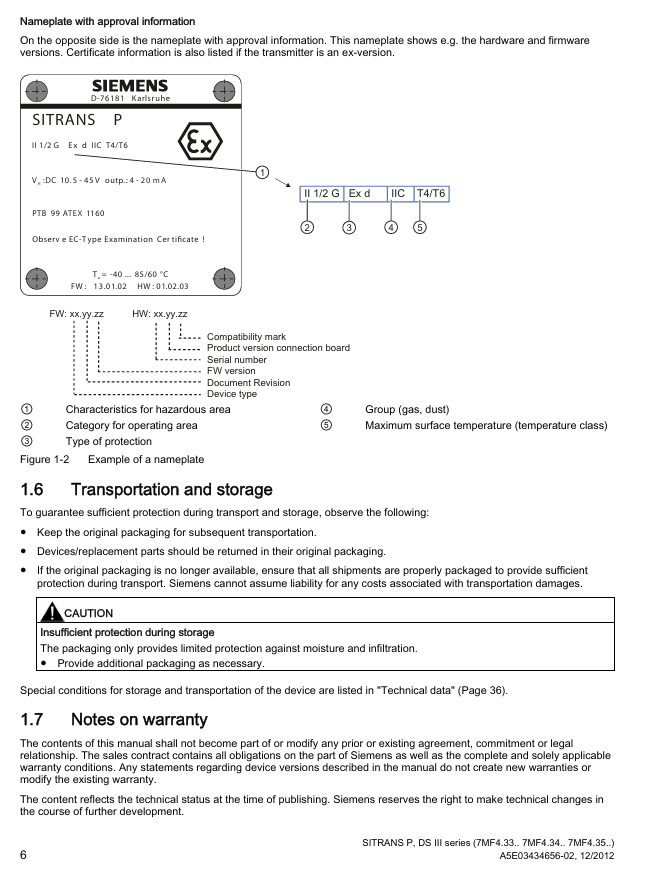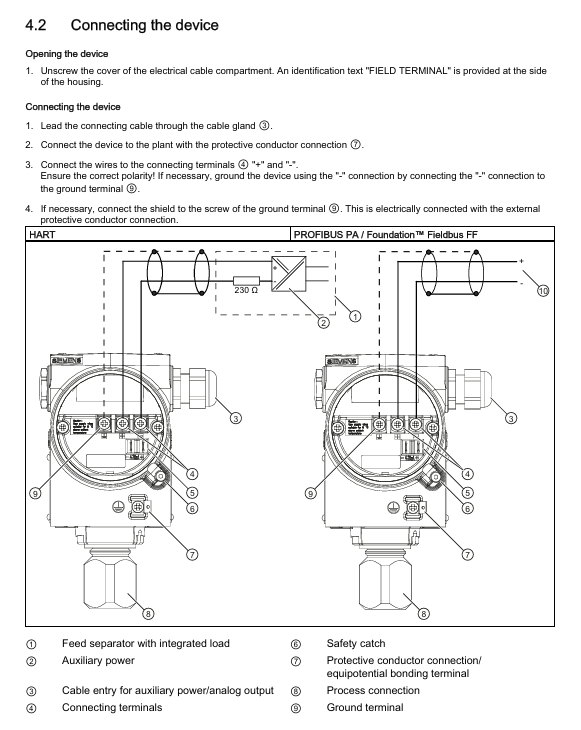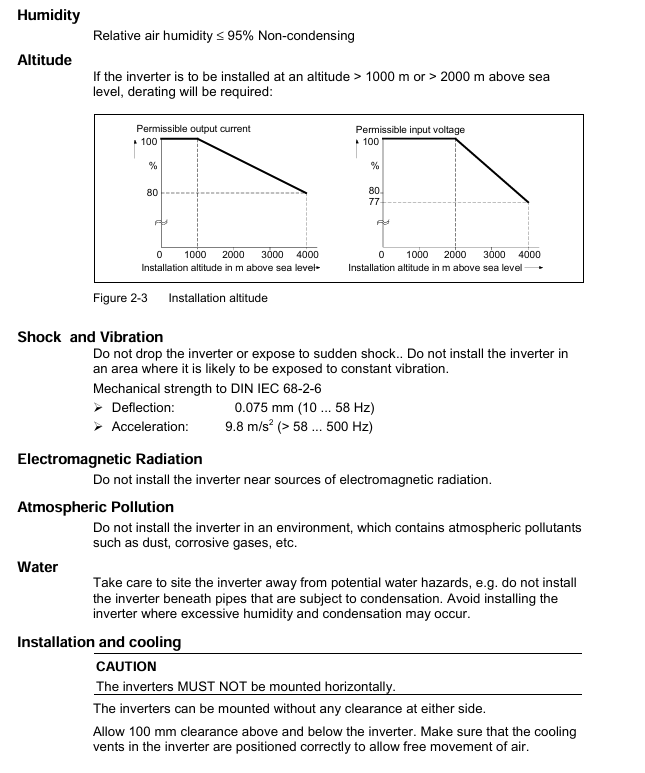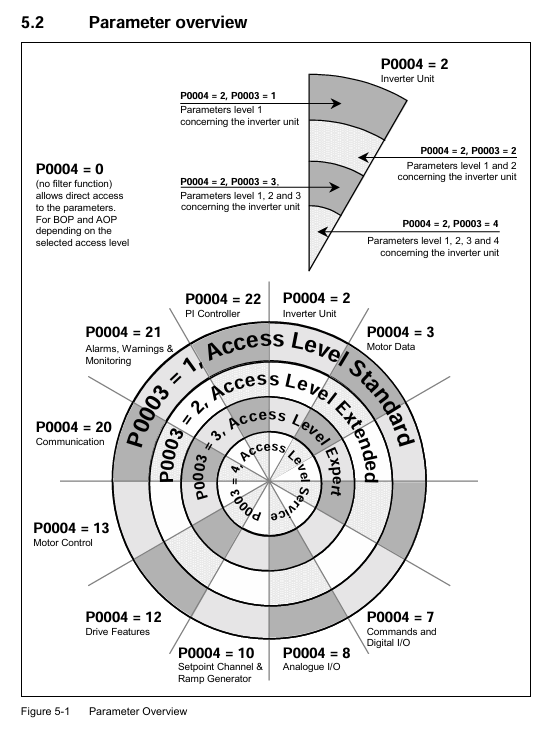SIEMENS SINAMICS Low Voltage Inverter
Product Overview
Siemens SINAMICS low-voltage frequency converter is a comprehensive solution for industrial drive scenarios, covering a power range of 0.12kW (micro power) to 6840kW (high power), supporting voltage levels of 1AC 200-240V and 3AC 200-690V, and adapting to most global power grid standards. It can meet diverse needs from basic fan and pump control to high-precision servo positioning.
Core strengths
Digital integration: support connection to the MindSphere cloud platform, achieve predictive maintenance through edge computing and data analysis, and reduce unplanned downtime;
Efficient Engineering: Provides a full process tool from selection (DT Configurator), programming (TIA Portal/Startdrive) to debugging (Smart Access Module), simplifying the integration of drive systems;
Safety Integrated: Built in safety functions such as STO and SS1, in compliance with IEC standards, without the need for additional electromechanical components, reducing costs;
Collaborative compatibility: Seamless collaboration with SIMOTICS motors, SIMATIC controllers, and SIMOGEAR gear motors, achieving high-speed communication through PROFINET.

Product classification and key parameters
1. Standard performance frequency converter (basic universal scenario)
Model, Power Range, Voltage Level, Protection Level, Core Functions, Applicable Scenarios
SINAMICS V20 0.12-3kW(1AC); 0.37-30kW(3AC) 1AC 200-240V; 3AC 380-480V IP20 V/f control USS/Modbus RTU、 Basic pumps/fans without safety functions, simple machinery
SINAMICS G120C 0.55-132kW 3AC 380-480V IP20 V/f/SLVC control, integrated brake chopper, STO conveying equipment, compressor
SINAMICS G120 0.55-250kW(PM240-2); 7.5-90kW(PM250) 1AC/3AC 200-240V; 3AC 380-690V IP20 modular design, multiple safety functions (STO/SS1/SLS), PROFINET processing machinery, positioning system
SINAMICS G130/G150 G130:75-800kW; G150:75-2700kW 3AC 380-690V G130:IP00/IP20; G150: IP20 (optional IP54) high power, 100% motor voltage, optional harmonic filter extruder, mixer, large pump/fan
2. Industry specific frequency converter (customized scenario)
Model, Power Range, Voltage Level, Core Characteristics, Applicable Scenarios
SINAMICS G120X 0.75-560kW(3AC 380-480V); 3-630kW (3AC 500-690V) 3AC 200-690V infrastructure specific, -20 ℃ low-temperature start-up, BACnet communication water/water treatment, building air conditioning fan
SINAMICS G180 2.2-6600kW 3AC 380-690V ATEX certified, explosion-proof motor adaptation, optional liquid cooling (IP54) for pumps/fans and compressors in hazardous areas (such as chemical industry)
3. High performance frequency converter (high dynamic/high-power scenarios)
Model, Power Range, Drive Type, Core Functions, Applicable Scenarios
SINAMICS S120 0.55-6840kW AC/AC(Blocksize); DC/AC (Booksize/Chassis) servo control, multi axis interpolation, rich safety functions (such as SOS/SS2) robot, high-precision machining machine tool
SINAMICS A50 75-1200kW AC/AC (cabinet) energy recovery, IP54 protection, PROFIsafe large conveying system, high-power compressor
SINAMICS DCM (DC) 6kW-30MW AC/DC motor control, weak magnetic control, STO/SS1 winch, rolling mill, and renovation of old DC systems
4. Distributed frequency converter (decentralized installation scenario)
Model, Power Range, Installation Method, Protection Level, Core Functions, Applicable Scenarios
SINAMICS G115D 0.37-4kW (motor installation); 0.37-7.5kW (wall mounted) motor integration/wall mounted IP55/IP65 integrated brake chopper, PROFINET conveyor belt, roller conveyor
SINAMICS G120D 0.75-7.5kW Distributed Installation IP65 Energy Recovery, Multi Safety Function (STO/SS1) Distributed Production Equipment, Storage AGV
5. Servo type frequency converter (for high-precision positioning scenarios)
Model Power Range Control Mode Core Features Applicable Scenarios
SINAMICS V90 0.05-7kW servo control (with encoder) One Button Auto Tuning, simple positioning of pulse/direction interface (such as packaging machine, small machine tool)
SINAMICS A10 0.05-7kW servo control OCC single cable connection, fully integrated TIA, web server debugging high-precision assembly line, electronic equipment processing
SINAMICS 0.12M 0.25-1.1kW (distributed); 75-5700kW (chassis) DC/AC multi axis system, IP65 protection, PROFIenergy large robot workstation, complex production line
Digitization and Engineering Tools
Selection and Configuration Tools
DT Configurator: Quickly select the full drive chain from motor, frequency converter to controller, automatically generate technical parameters and order information;
SIZER for Siemens Drives: Calculate load, energy consumption, and performance based on application requirements, and output installation drawings and characteristic curves;
SinaSave: A web tool that evaluates energy-saving potential and provides financial analysis and investment return cycles.
Programming and Debugging Tools
TIA Portal (Integrated SINAMICS Startdrive): a unified programming environment that enables seamless integration of frequency converters and SIMATIC controllers;
SCOUT: Advanced programming for high-performance drivers such as S120/C150, supporting multi axis motion control;
Local operating units: BOP-2 (Basic Operating Panel), IOP-2 (Intelligent Operating Panel), AOP30 (Advanced Operating Panel), supporting parameter settings and fault diagnosis;
Smart Access Module: Simplify on-site operations through remote debugging via mobile devices (phones/tablets).
digital connection
Cloud platform: Connect MindSphere through MindConnect to achieve device status monitoring, fault warning, and remote maintenance;
Edge computing: local analysis of driving data, no delay response exception (such as overload, temperature exception);
Communication protocol: Supports PROFINET (IRT real-time) PROFIBUS DP、EtherNet/IP、Modbus TCP/RTU, Adapt to different automation systems.
Security features and collaborative compatibility
Safety Integrated: All SINAMICS frequency converters have built-in or optional safety functions that comply with the IEC 61800-5-2 standard. The core functions include:
STO (Safe Torque Off): Cut off the motor torque to prevent accidental starting;
SS1 (Safety Stop 1): Stop the machine according to the preset deceleration curve;
SLS (Safety Speed Limit): Limit the maximum speed of the motor to protect personnel and equipment;
Advantages: No need for external safety relays, reducing wiring and component costs, and shortening debugging time.
Equipment collaboration
Motor adaptation: Perfectly compatible with the full range of SIMOTICS motors (GP standard asynchronous, SD synchronous reluctance, XP explosion-proof, DP smoke exhaust motor, etc.);
Controller collaboration: seamless communication with SIMATIC S7-1200/1500, SINUMERIK CNC system, and SIMOTION motion controller to achieve integration of motion control and logic control;
Gear and coupling: adapted to SIMOGEAR gear motor, forming a complete drive unit of “frequency converter motor gear”.



